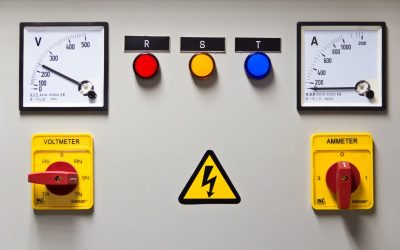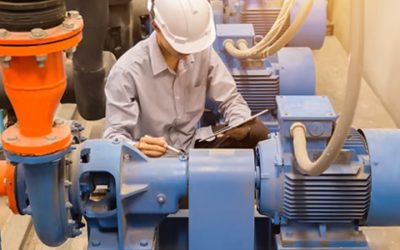Monitoring fluid pressure in any system is essential. This allows the operator or the system itself to make adjustments to ensure maximum efficiency and to prevent damage to various components in the system.
The pressure transducer, while a very small component, is critical in this process. It is the mechanism through which the system is able to “read” the pressure and to relay the data to the system. The effectiveness and efficiency of the transducer are the two biggest factors in this rather complicated process.
The Basics
The pressure transducer will require a connection to an electrical source for power. They also need to have access to the medium under pressure. When this pressure changes the output signal of the transducer will alter to reflect this variation. The output signal can be in voltage, frequency or current depending on the specific transducer in use. This variation in output will always be proportional to the change in the pressure recorded by the component.
The one important aspect of the functioning of the transducer to record that change is pressure is that it has to be independent of other changes that may be occurring in the environment at the same time. While this can apply to any independent variable, it is particularly important not to change the output signal because of changes in temperature.
The pressure transducer has a sensing element that will capture any variation in the pressure applied to the element. This is commonly through the deformation or deflection of a diaphragm or a Bourdon tube, but it can also use bellows. It is this deflection or strain that is recorded by the element and converted into the corresponding electrical output.
Accuracy
The transducers in use today are designed to be highly accurate and free from common types of issues that cause measurement errors. The various materials or components that make up the system can be affected by extremes in environmental conditions; again this is most commonly temperature issues.
As with any type of measurement device, it is also essential to avoid operating the transducer at the maximum point of pressure. Ideally the pressure any transducer is exposed to should be no more than 60% of the maximum rated level.
Through rigorous testing of different transducer models and styles, it is possible to minimize the impact of temperature on the accuracy of the data and to determine the appropriate range. Different materials, alternative configurations and specifically choosing a model that is designed for the exact operating conditions will mitigate the risk of errors in readings.



